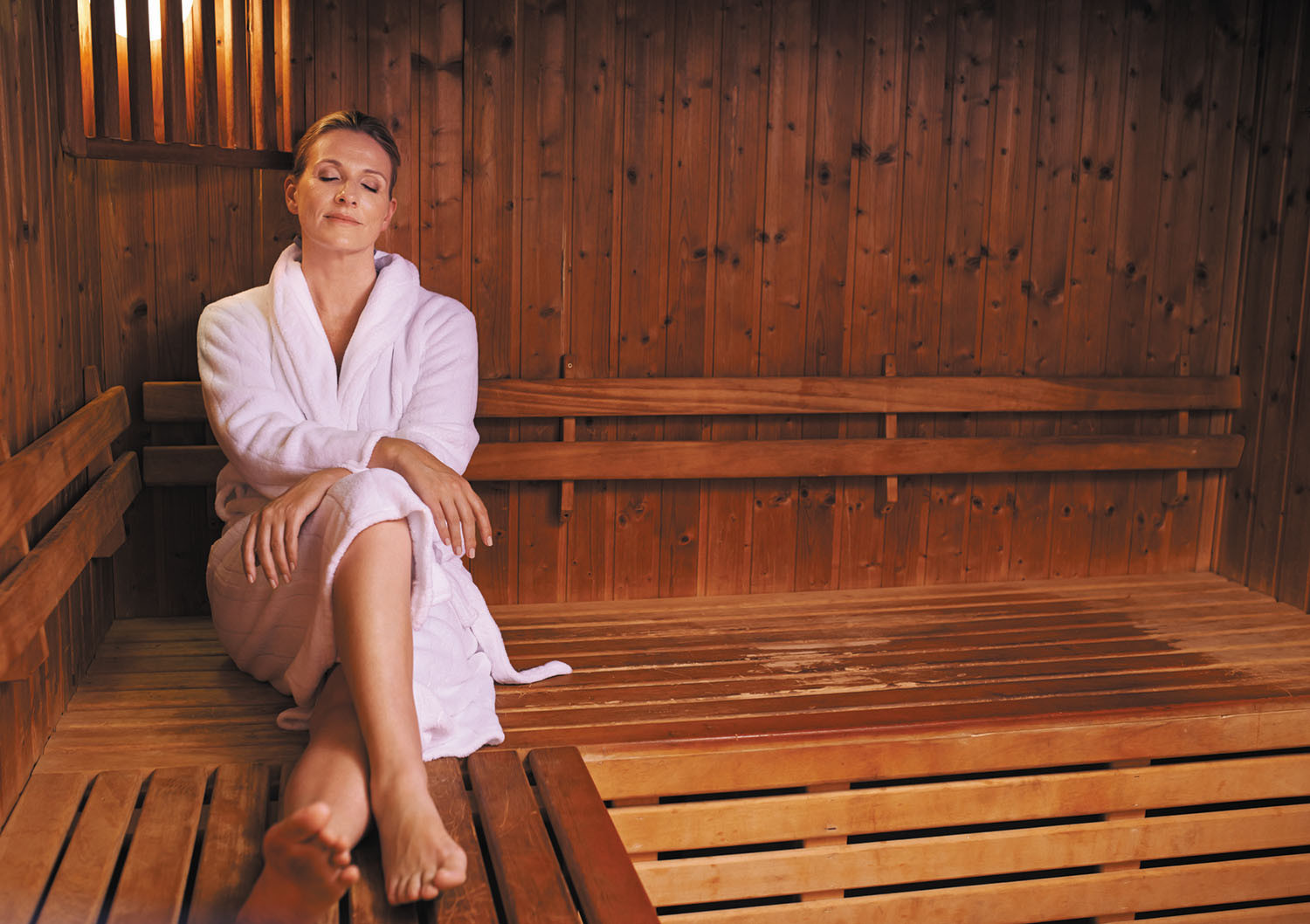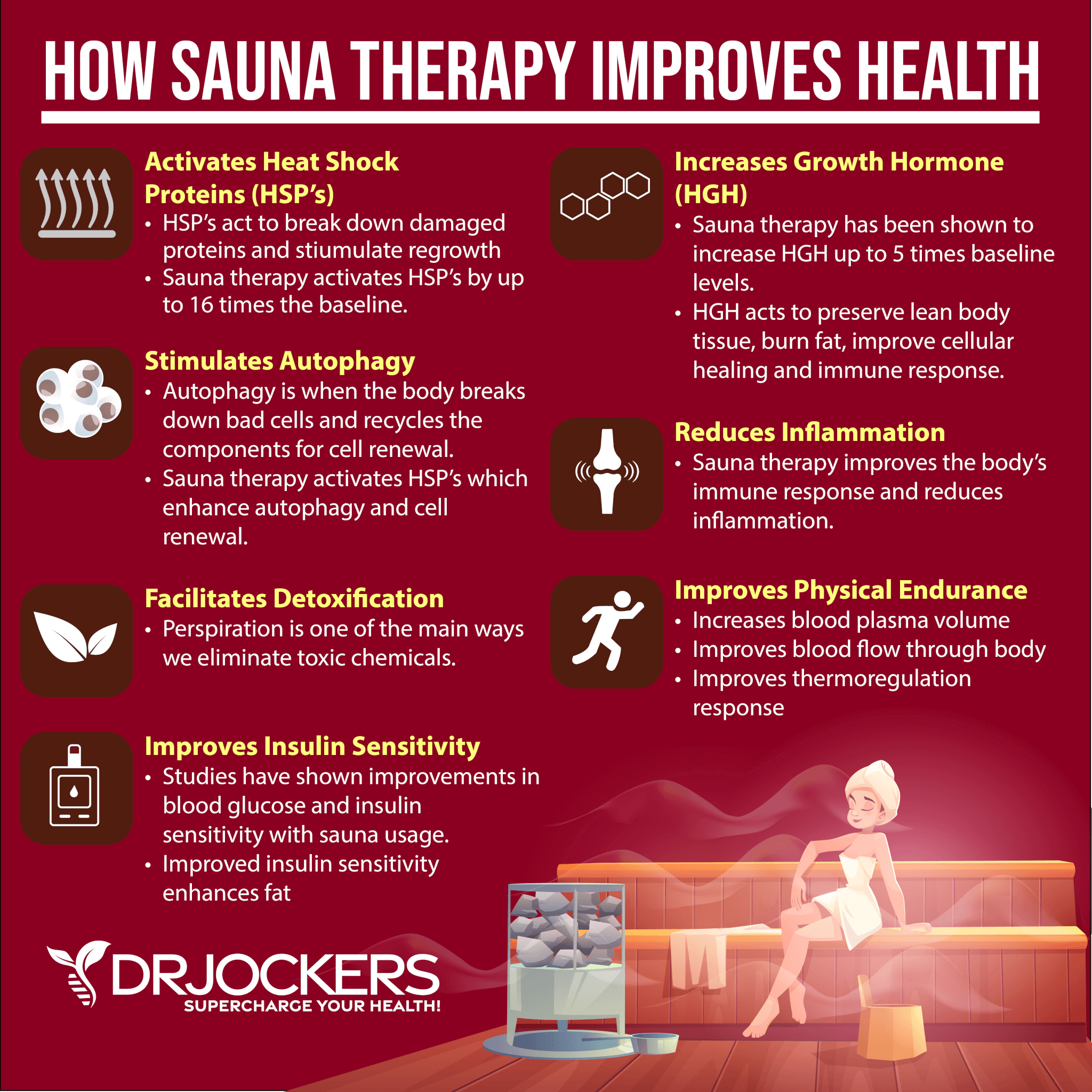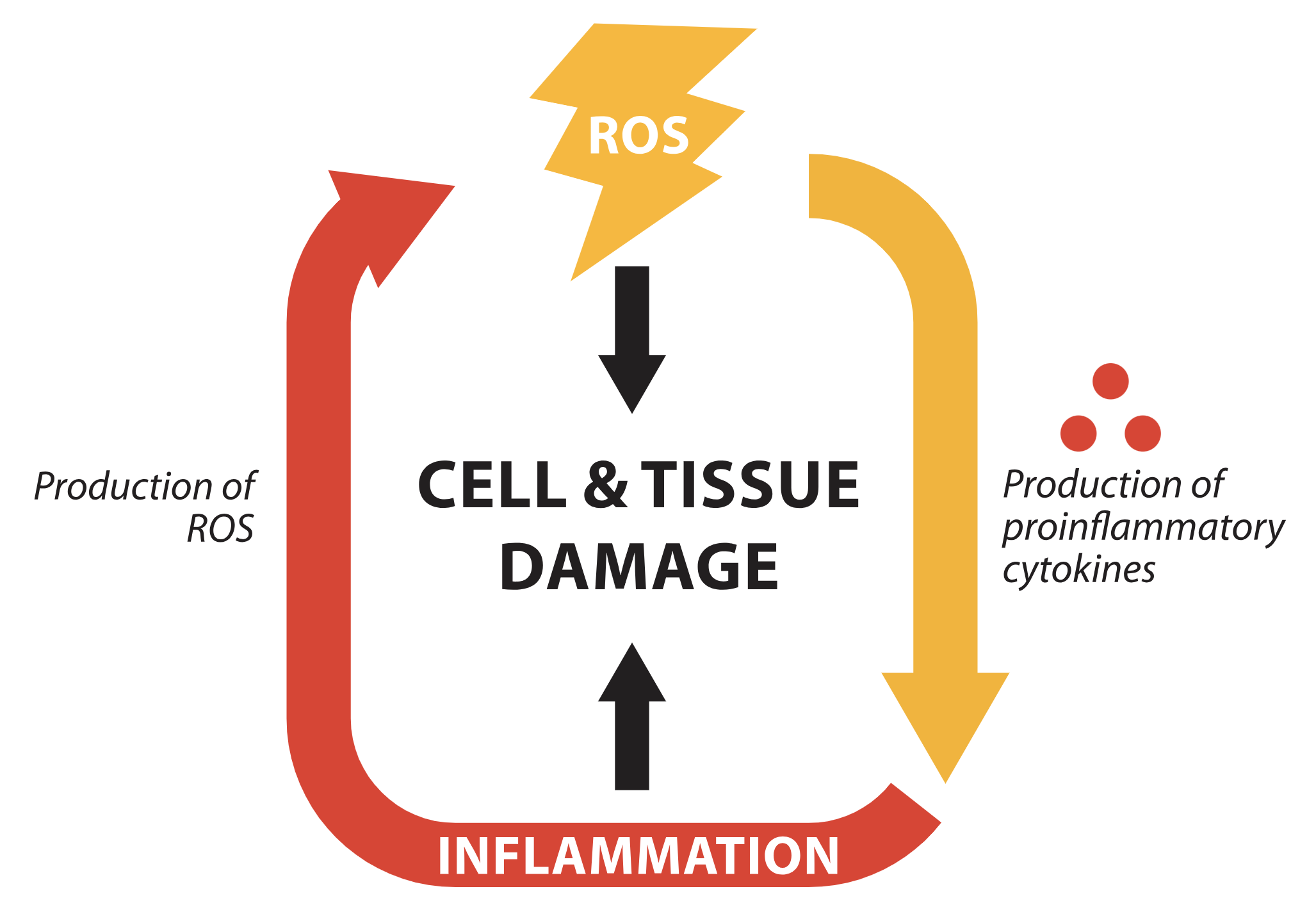
Knee osteoarthritis (KO) is one of the most common conditions affecting approximately 30-50% of individuals over 65 years of age.1 KO is a chronic and degenerative process which is characterized by articular cartilage degeneration, injury, narrowing of articular space, and inflammation.1(1-2) In recent years, researchers have placed particular focus upon the inflammatory cascades associated with KO; a process now thought to cause KO.1(2) Thus, implementation of protocols which control inflammation might have downstream effects KO progression. In the following sections, this author will consider saunas as a means of reaching the same.

Sauna bathing has been a long-used and traditional activity in Finland, which has become increasingly popular in other Nordic countries and the world.2 Sauna therapy is not only appealing due to its ability to foster wellness, pleasure, and relaxation; sauna therapy has also been associated with reduced risk of conditions to include respiratory problems, cardiovascular disease, and dementia.2(437) Furthermore, sauna therapy has been associated with amelioration of psoriasis, common cold, headaches, and musculoskeletal diseases such as arthritis.2(437) Of particular interest is the sauna’s ability to influence constituents of the inflammatory immune response, and hence, its implications upon KO.

Inflammation and oxidative stress have been tightly associated with the conditions outlined in the previous section.2(438)Research has indicated that the frequency of sauna therapy was inversely associated with systemic inflammation, measured by C-reactive protein (CRP); more frequent use of saunas induced larger reductions in inflammatory markers and oxidative stress.2(438),3 Kunutsor et al2(438) conducted a population-based prospective cohort study whereby longitudinal and cross-sectional associations of sauna bathing, inflammation, and oxidative stress were analyzed via CRP, gamma-glutamyl-transferase (marker of oxidative stress, liver disease, metabolic syndrome, all-cause mortality), fibrinogen (helps repair damaged tissues), leukocyte count (component of immune system) were measured.4 The following will consider the results in greater detail.

Baseline sauna bathing habits were measured in 2269 males aged 42-61 years of age in addition to the aforementioned biomarkers.2(437) Furthermore, CRP, gamma-glutamyl-transferase, fibrinogen, and leukocyte count were measured again 11 years after.2(437) Finally, participants were categorized into three sauna bathing frequency groups (1, 2–3 and 4–7 sessions per week).2(438)Results indicated that more frequent use of the sauna (4-7 times per week) decreased CRP, leukocytes, and fibrinogen. However, no change was found in GGT; a marker of oxidative stress.2(440) Although the research design was observational in nature, the results remain encouraging and suggests that frequent sauna use can help reduce inflammatory markers. Further long-term interventional research is indicated to elucidate underlying mechanisms and confirm said findings.
In conclusion, KO is a chronic and degenerative process characterized by articular cartilage breakdown, injury, narrowing of articular space, and inflammation. However, modifying nutrition and lifestyle could help attenuate components of KO to include inflammatory cascades. Sauna therapy could serve as an appealing adjunct intervention due to its simplicity, safety, and reported secondary benefits such as relaxation. It is also plausible that combined interventions (nutrition, supplementation, sauna) might have a more potent effect upon inflammation than using each protocol as a stand-alone solution. Ultimately, such an concurrent model could help improve individuals’ prognostic outcomes, activities of living, and overall quality of life.
References
1. Chen Z, Ma Y, Li X, et al. The immune cell landscape in different anatomical structures of knee in osteoarthritis: A gene expression-based study. Biomed Res Int. 2020;2020:1-22. doi: https://doi.org/10.1155/2020/9647072.
2. Kunutsor SK, Laukkanen T, Laukkanen JA. Longitudinal associations of sauna bathing with inflammation and oxidative stress: The KIHD prospective cohort study. Ann Med. 2018;50(5):437-442. doi:10.1080/07853890.2018.1489143.
3. Laukkanen JA, Laukkanen T. Sauna bathing and systemic inflammation. Eur J Epidemiol. 2018;33(3):351-353. doi:10.1007/s10654-017-0335-y.
4. Koenig G, Seneff S. Gamma-glutamyltransferase: A predictive biomarker of cellular antioxidant inadequacy and disease risk. Dis Markers. 2015;2015:1-18. doi: http://dx.doi.org/10.1155/2015/818570.
-Michael McIsaac
